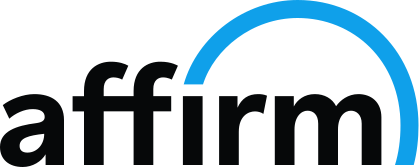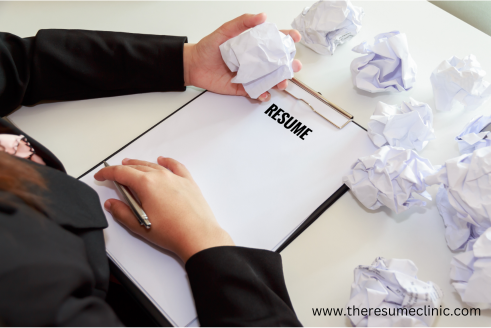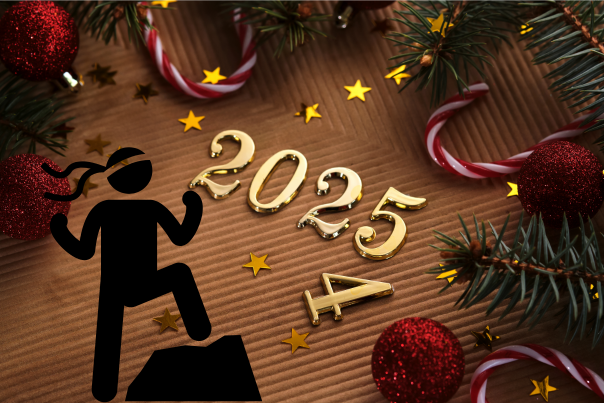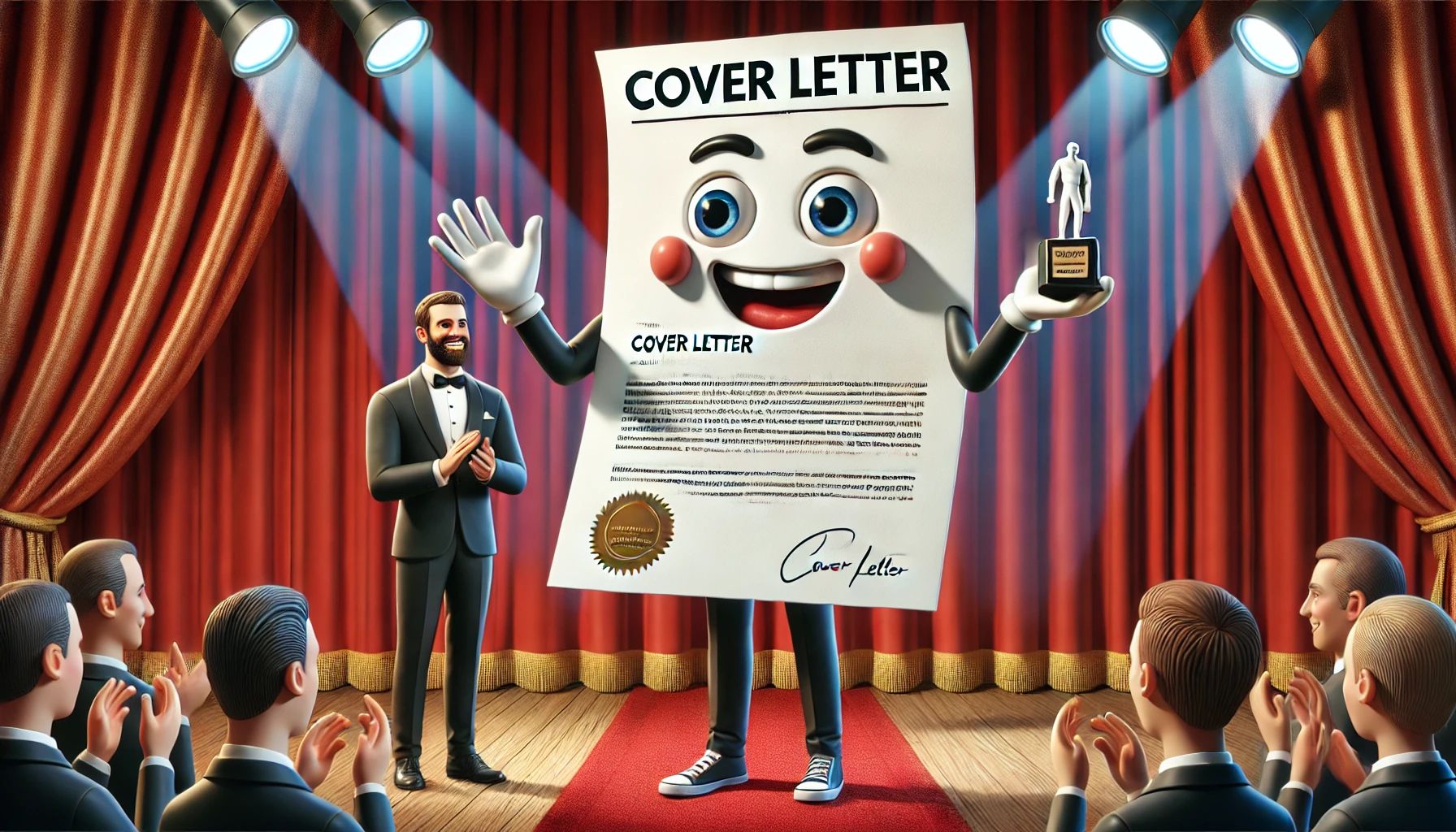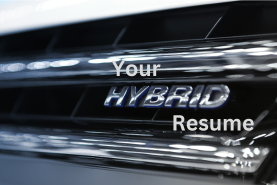
Hiring managers and recruiters only spend from 5 to 15 seconds looking for a sign that they should consider reading more. So if your value propositions are buried due to bad strategy, your resume is difficult to read, or if it is just hard to look at, then it doesn’t matter how well your experience is explained. No one will ever see it.
Below are some ways you can make certain you submit a reader friendly resume:
Targeted Introduction
When your resume is 1 of 150, you don’t have a great deal of time to make your case for the job. A well written profile section can go a long way in encapsulating your relevant skill set for your reader. A good profile (or executive summary) leading off your resume can serve the same purpose as a good movie trailer. Using targeted prose that powerfully ties your background to the reader’s goals can create excitement in convincing them to put your resume into the interview stack.
Font Selection
It is easy to convince yourself that a highly unique font is the way to go. After all, everyone you ever read says you want your resume to “stand out”. But this is not necessarily true when it comes to your font selectionn. Here are the major concerns:
- Your reader’s eyes – Some fonts are simply easier for the eye to digest than others. This is especially the case for a resume with a lot of information. Some fonts make the document seem more “crowded” than others.
- Scanner consistency – Applicant tracking systems and other databases have to be able to recognize and read the text with no issue. You don’t want to lose out on an opportunity just because a computer had trouble making out the content.
- Word processor compatibility – Everyone does not have the same fonts installed on their computers. If your resume was prepared with an uncommon font, a recruiter will see something totally different on their system if they do they do not have the same font installed. The biggest danger here is you have no control over what font will replace it. This can then affect page length depending upon how close you were to the bottom of the page. So a two-page resume can open up as three pages on the other end.
An effective resume sticks with the tried and true fonts that provide options, while ensuring maximum compatibility across systems.
Margins and Whitespace
As mentioned earlier, the professionals who read resumes for a living can easily get weary-eyed from all of the documents they have to review. Crowded documents are a hiring manager’s enemy and worst nightmare. And if your resume is #104 of 110 and it is a sea of words, they may not even read your name before tossing it. Healthy margins and whitespace allows your reader’s eyes to rest and process the Information.
Paragraph and Sentence Length
Part of smart page design is ensuring that your information is easily comprehensible and digestible. Keeping your thought groupings brief is an important part of that goal. If a reader has already spent hours and hours reviewing other resumes, their brains can be mush and they haven’t even gotten to your resume yet. The easier the information is to absorb, the better your chances. Now, this needs to be balanced with communicating your qualifications intelligently and in Ina way that does not make you come across as too simple.
When it comes to your paragraphs, keep them to no more than eight lines, but shoot for so lines if you can. If that part of your resume requires information that brings the paragraph past eight lines, consider breaking it up into two paragraphs. When it comes to sentence length, you also want to think about digestible bites. According to the Flesch Reading Ease Readability Formula, a good target is 22 or fewer words per sentence.
At The Resume Clinic, we consider all of these factors to provide our clients with resume, cover letter and LinkedIn profiles that engage and get results. Feel free to call us for a consultation at 888-291-9821.

